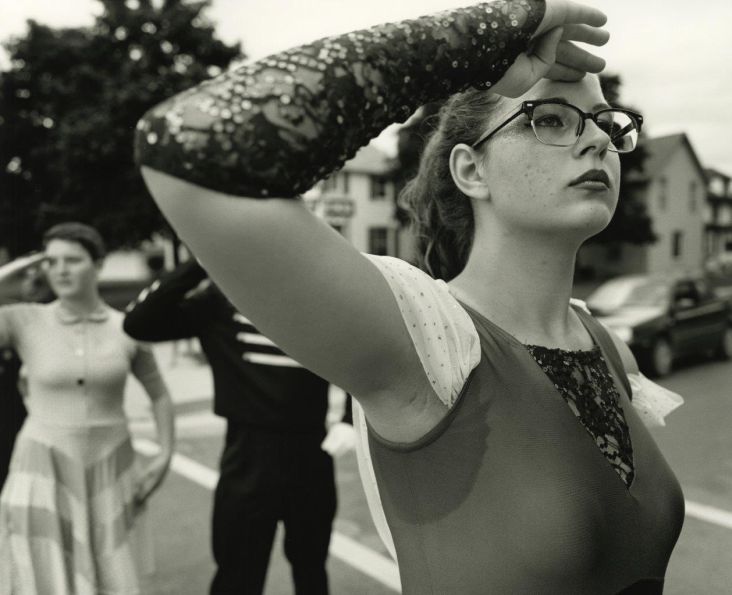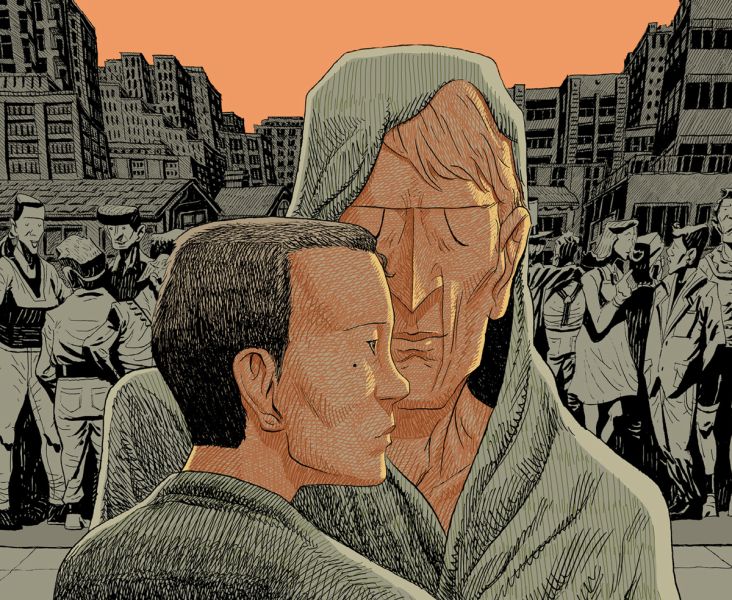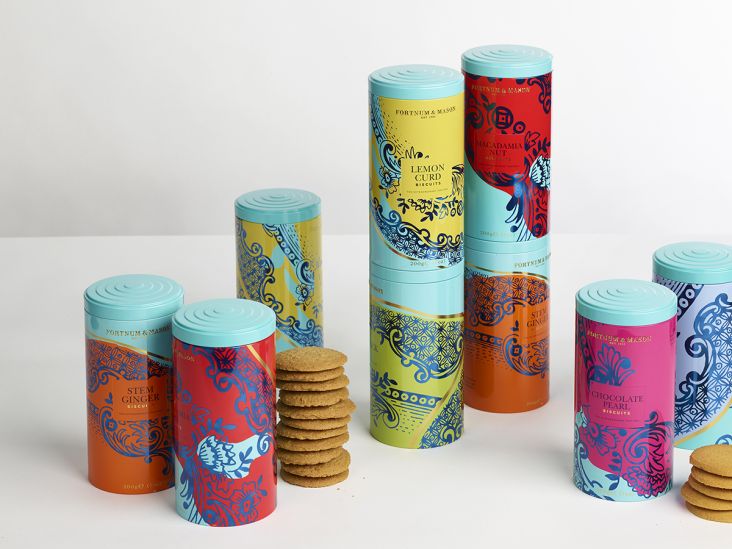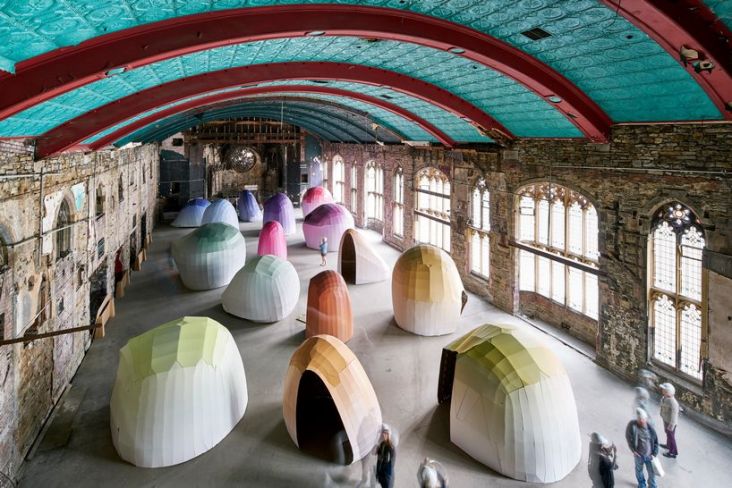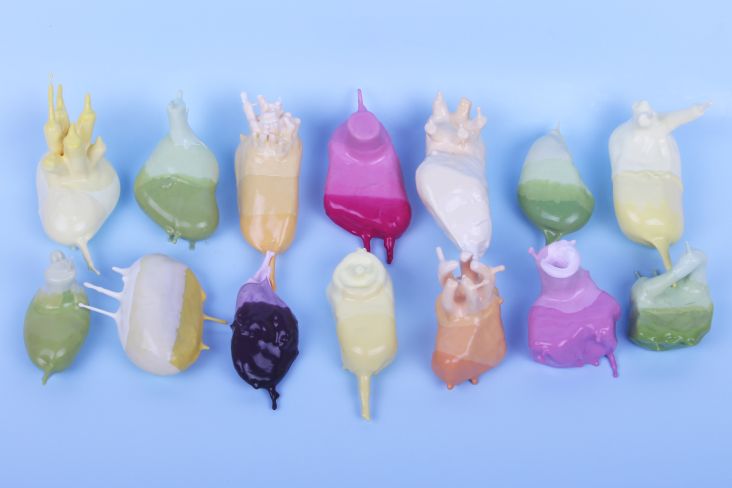Matteo de Mayda captures the changing face of Angola, and the divide between rich and poor
Italian photographer Matteo de Mayda recently travelled to the former Portuguese colony of Angola to document the country and its people ahead of the upcoming August elections, when José Eduardo dos Santos will step down as president after 37 years of amassing wealth and power for himself and his family.
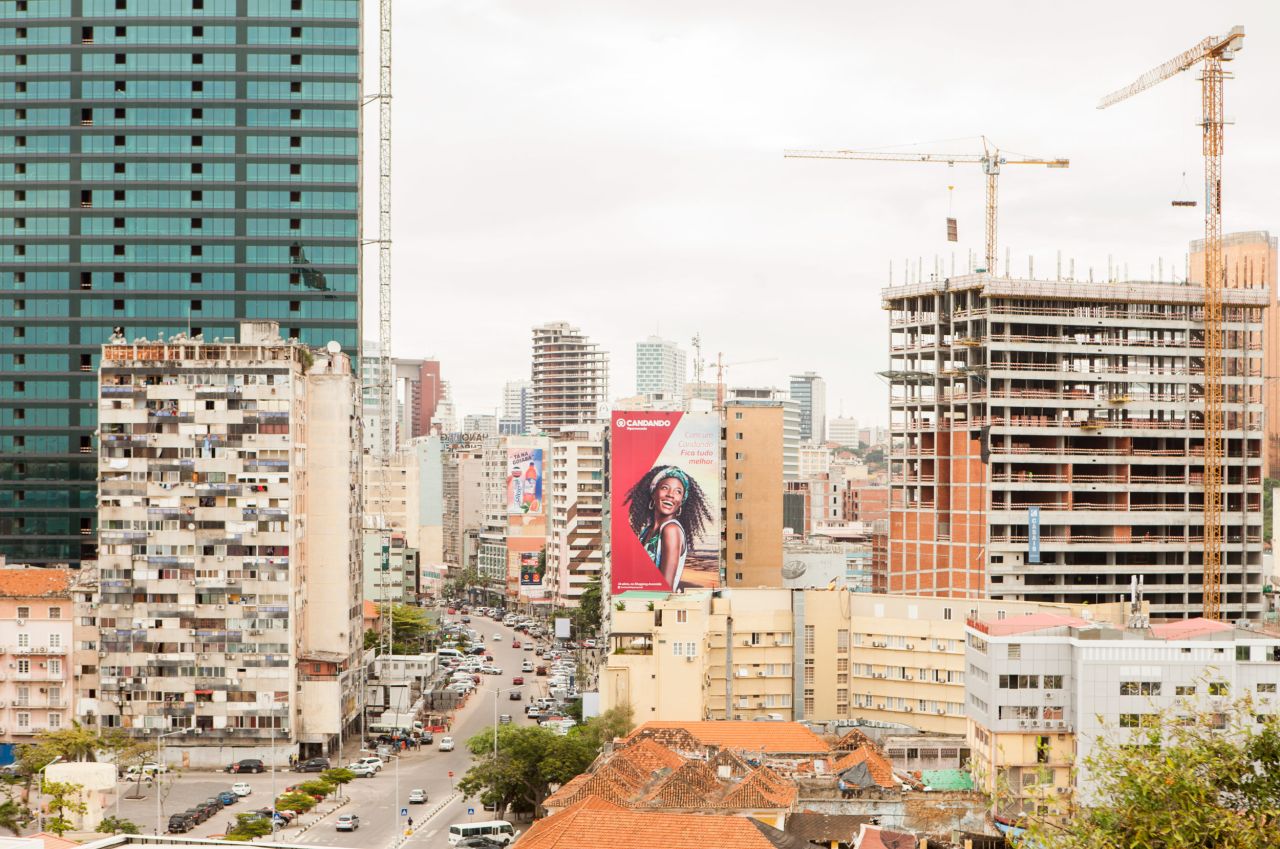
A view of Luanda skyscrapers
Speaking of his series, Matteo said: "In Angola, the contrast between the new growth and the old poverty is striking, such as the one between the 'Marginal' of Luanda, the seafront symbol of a capital that dreams of becoming the new Dubai and the 'Musseques', the quarters of misery that are being demolished to build new skyscrapers, now as bare as skeletons.
"A land rich of mining resources where Chinese investors are building entire cities ready to accommodate thousands of their own immigrants, in the Angola of today you can witness a community of homeless children inhabit the abandoned site of the capital’s former most beautiful hotel."
Tracing the route of Polish author Kapuściński, whose book Another Day of Life describes the conquest of Angolan independence, Matteo arrived in the Cunene region where torrential rainfall is recovering the flora of the region after more than a year of drought.
He adds: "Between the baobabs of the Savannah in southern Angola, you encounter a vast cemetery of rusting tanks, which were abandoned en route to Luanda for the proclamation of independence from Portugal in 1975. The journey continues to the 'Casa de Espera' in the village of Chiulo, where pregnant women must walk many miles to have their babies delivered by the Italian NGOs Doctors for Africa CUAMM."
Focused on social projects and campaigns, Matteo has collaborated with brands such as Greenpeace, World Health Organisation and Doctors with Africa to highlight important current affairs through his photographic work. Discover more at www.matteodemayda.com.
Main image: A view of Luanda skyscrapers | Copyright of Matteo de Mayda
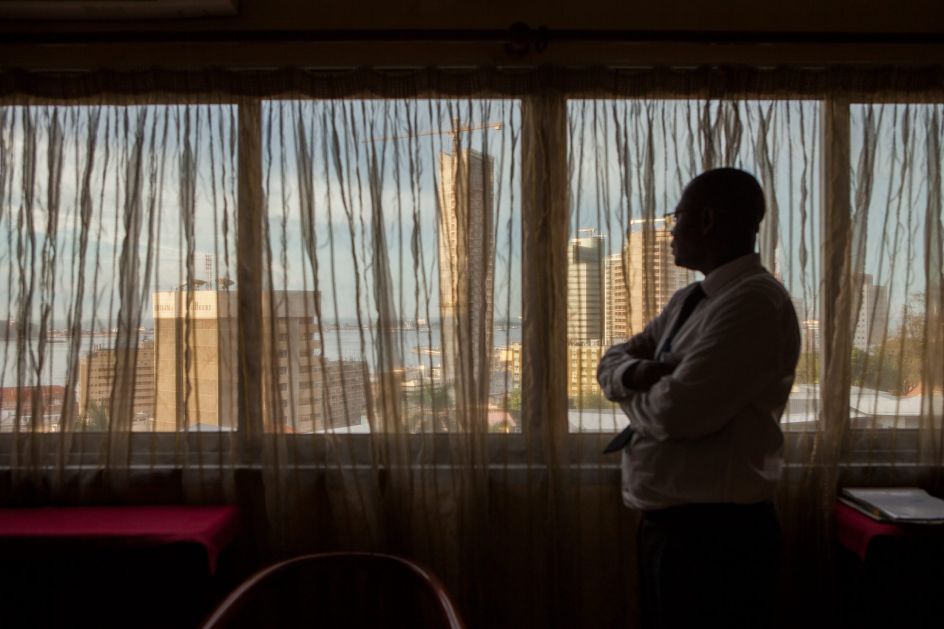
Carlos Antonio Kalanga, maître of Tivoli Hotel, where writer Ryszard Kapuściński stayed
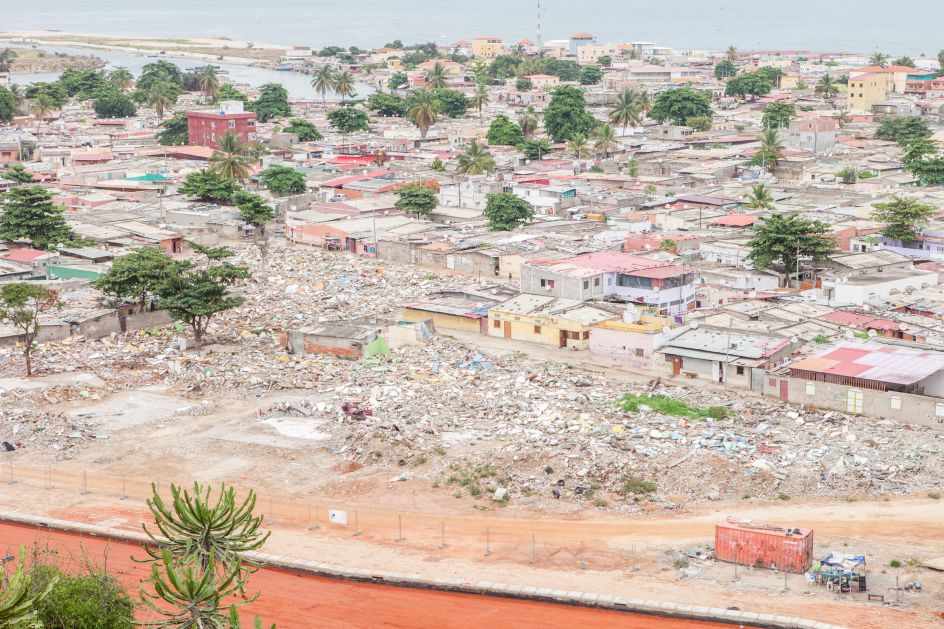
One of the numerous “musseques”, the quarters of misery that are being demolished to build new skyscrapers
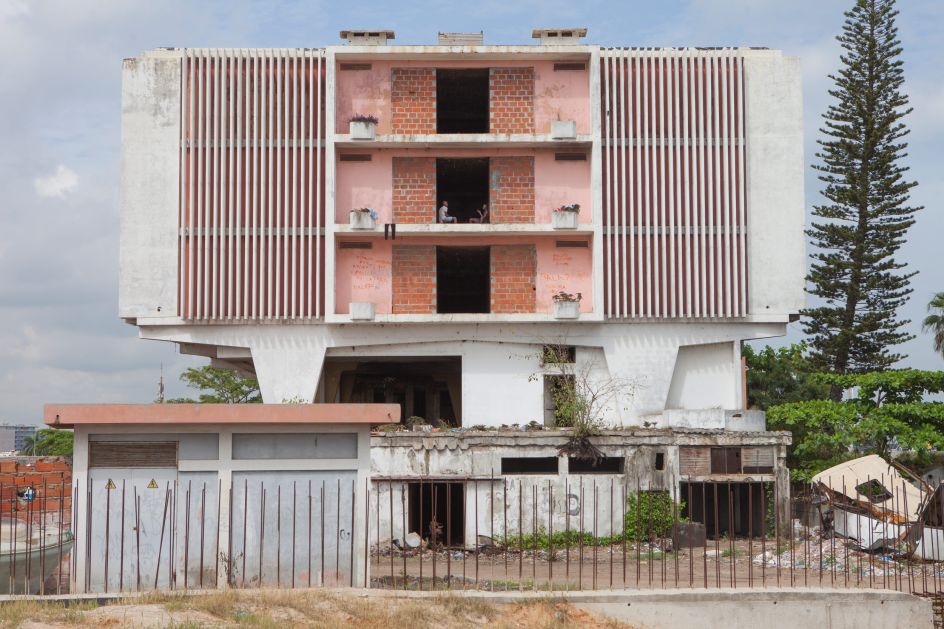
A glimpse at the Panorama Hotel which was the capital’s former most beautiful hotel inhabited now by a community of homeless children
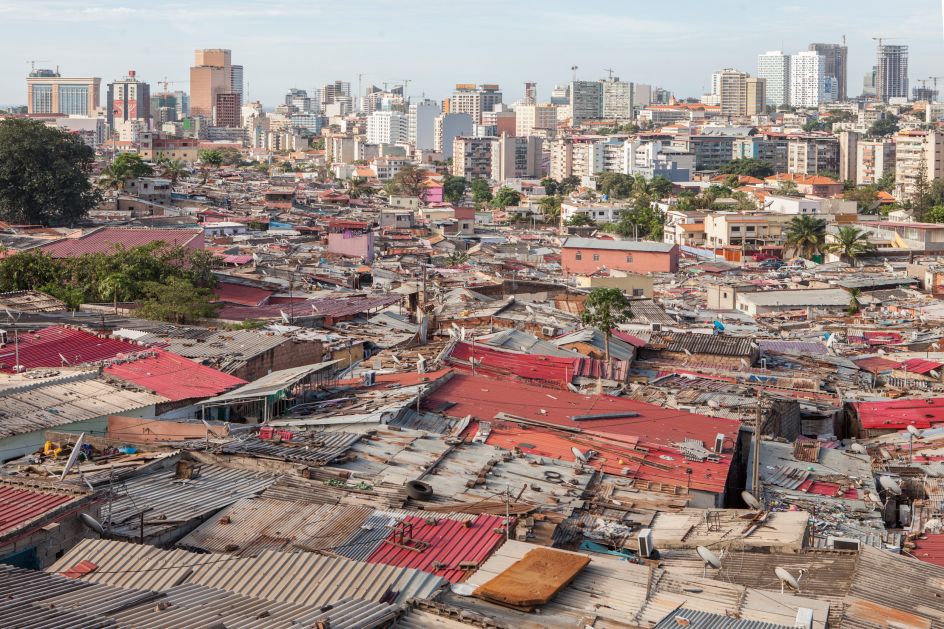
The line which divides the shacks of poor neighbourhoods from the rich area of Luanda
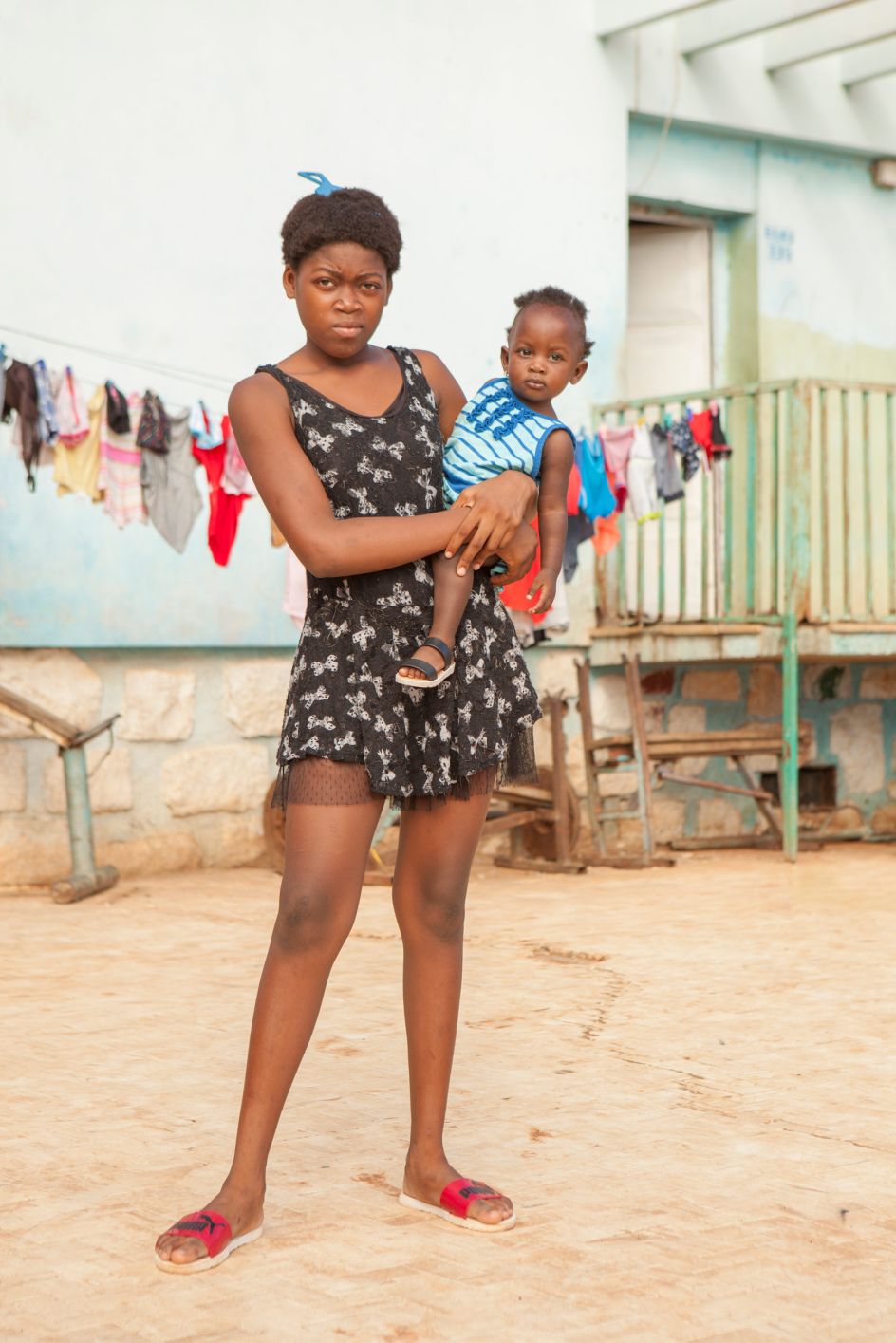
The manor of Agostinho Neto, father of independent Angola, is now transformed into a district for the poor
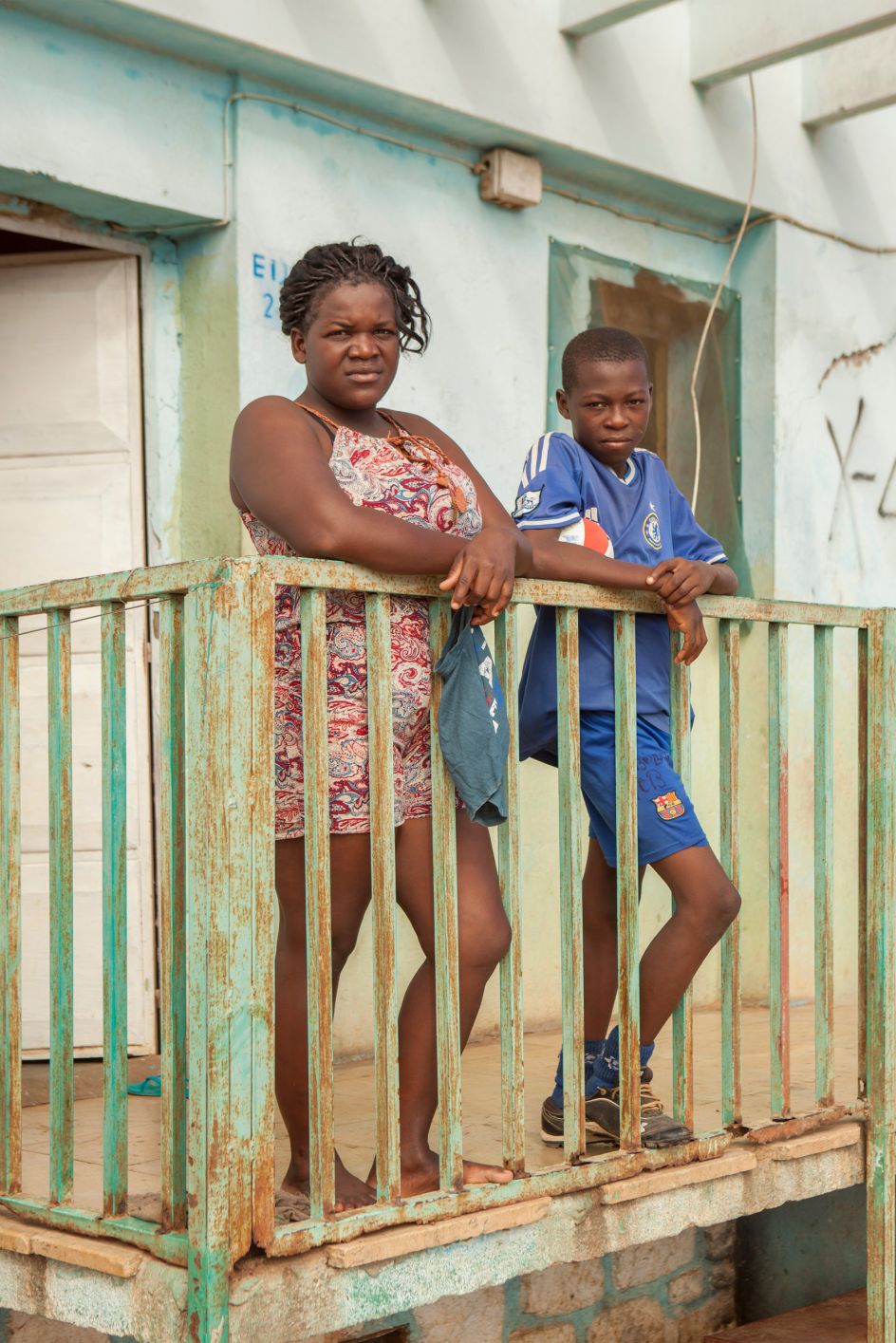
The manor of Agostinho Neto, father of independent Angola, is now transformed into a district for the poor
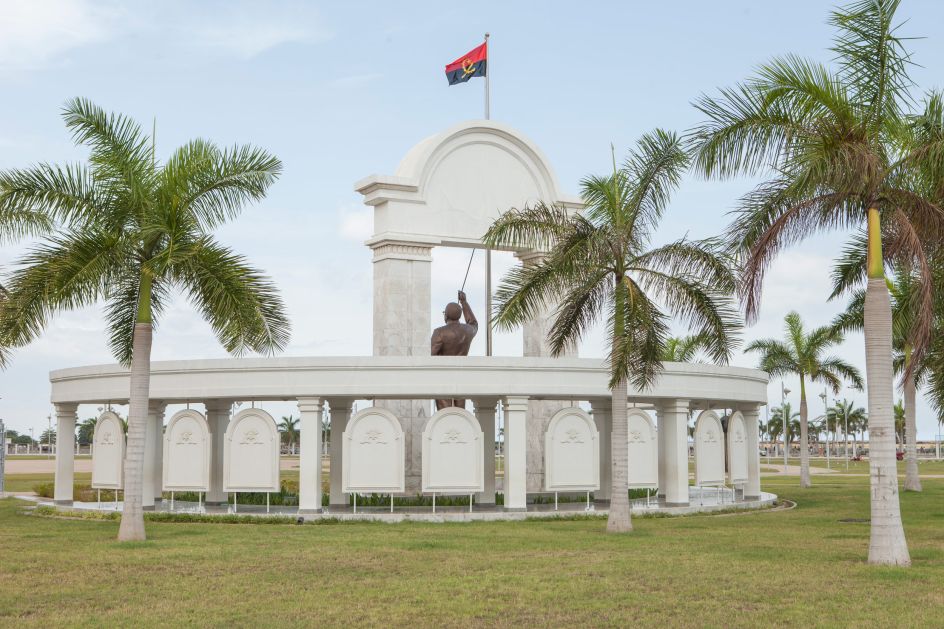
One of the numerous monuments dedicated to Agostinho Neto, father of independent Angola
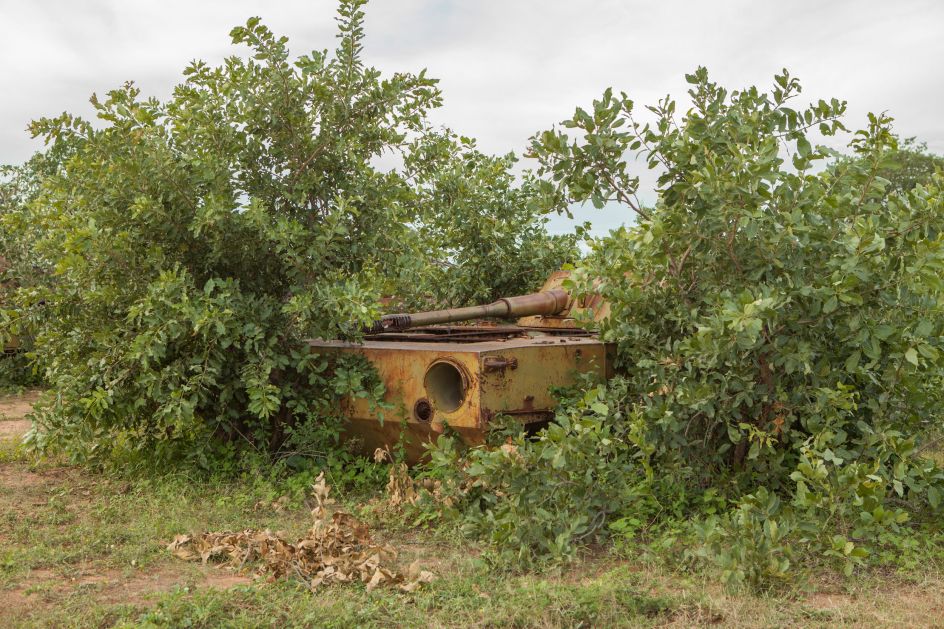
Cemetery of tanks, rusting since 1975, which were abandoned en route to Luanda for the proclamation of independence from Portugal
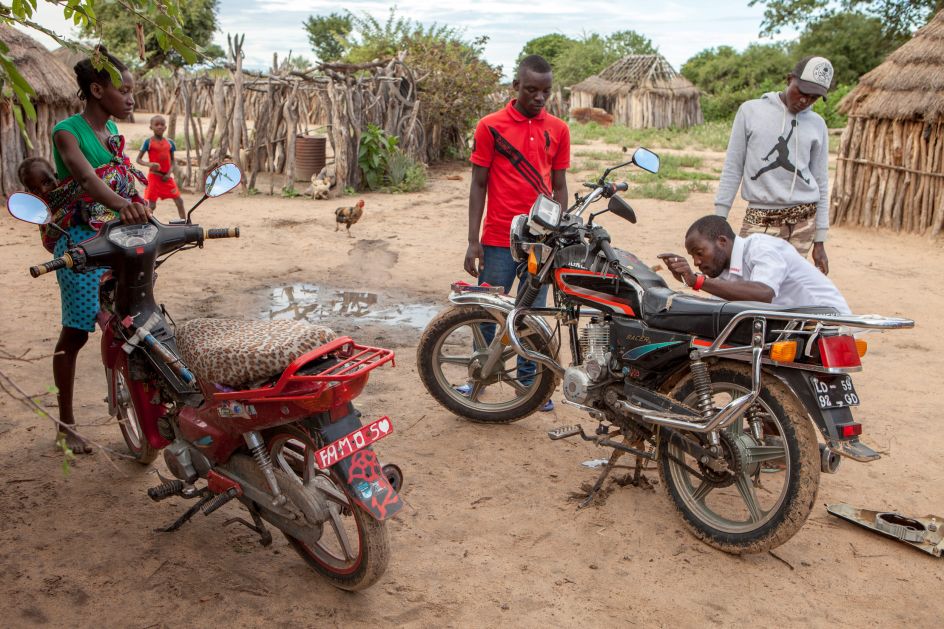
Some guys repairing their motorbikes in front of their “Kimbo” where they live, south Angola
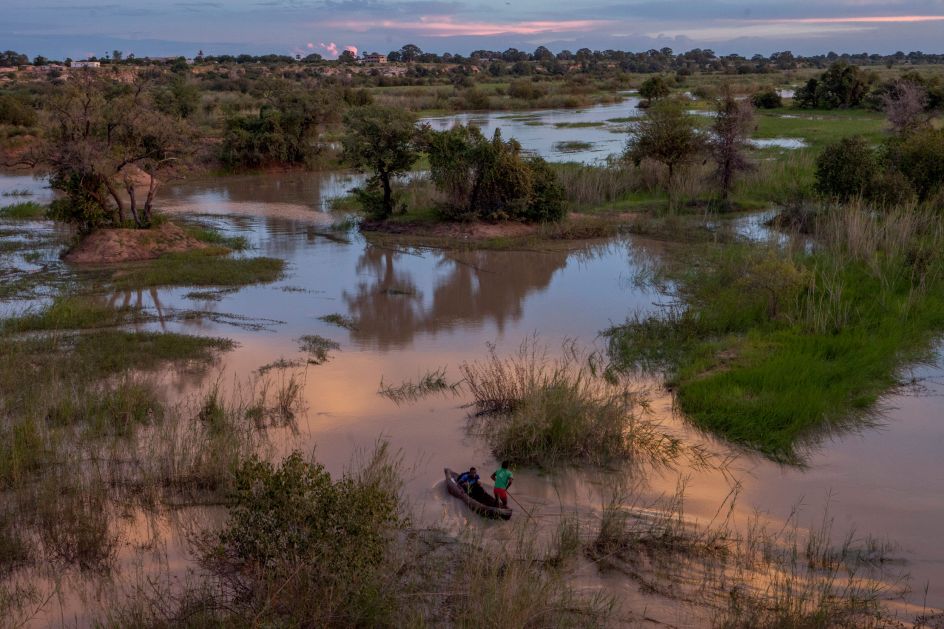
Cunene region, where torrential rainfall is recovering the flora of the region after more than a year of drought
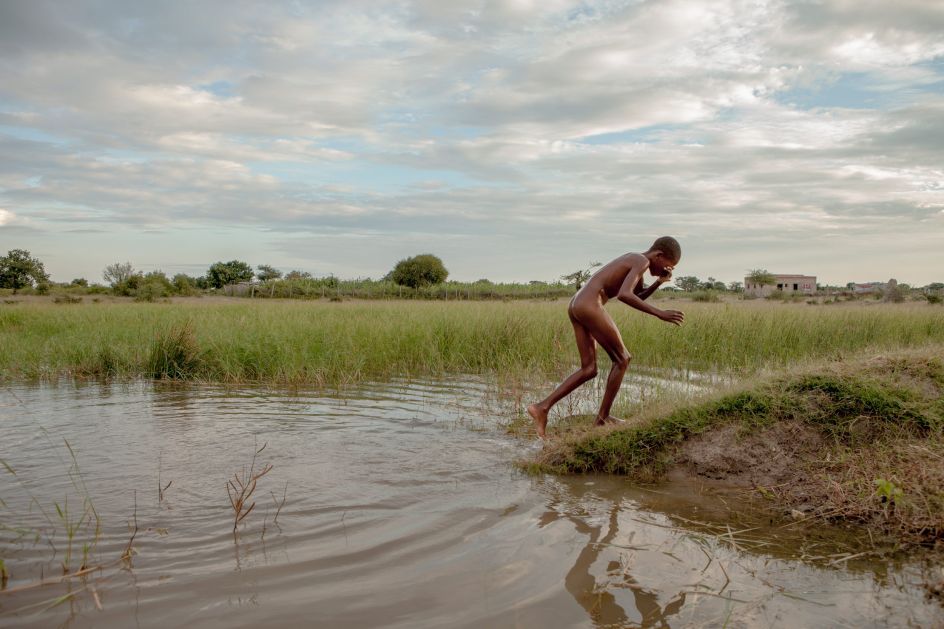
Kids in south Angola enjoining the return of the rain, after more than a year of drought
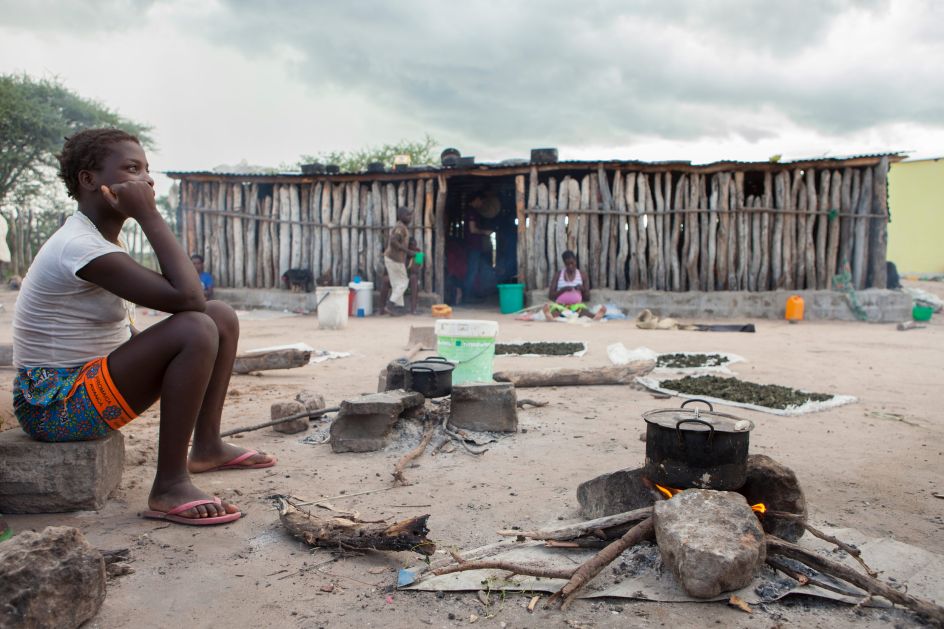
“Casa de espera” in the village of Chiulo, where pregnant women must walk many miles to have their babies delivered, with help from the Italian NGOs Doctors for Africa CUAMM
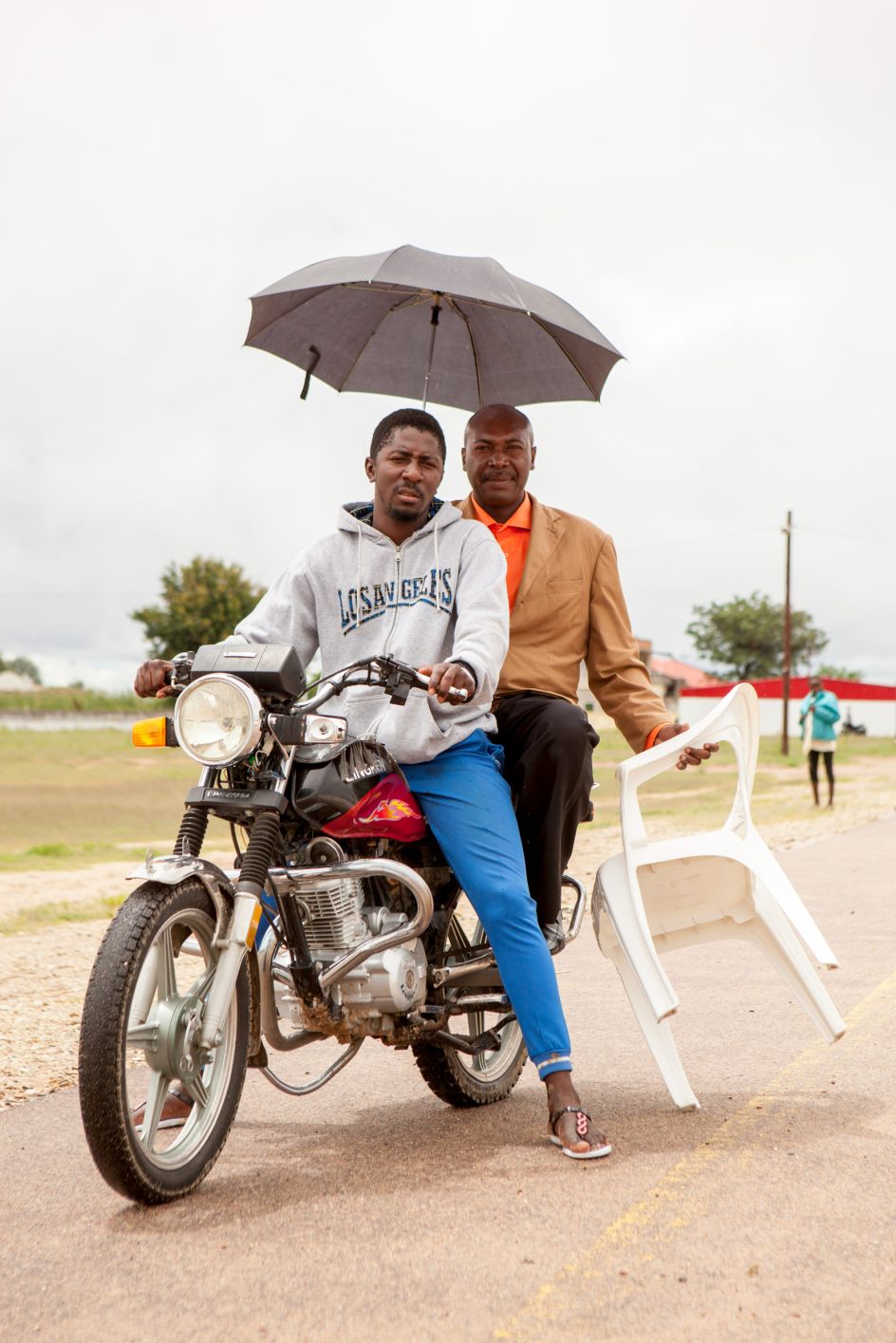
In the village of Chiulo, Cunene region, it is good to bring your own chair to go to mass
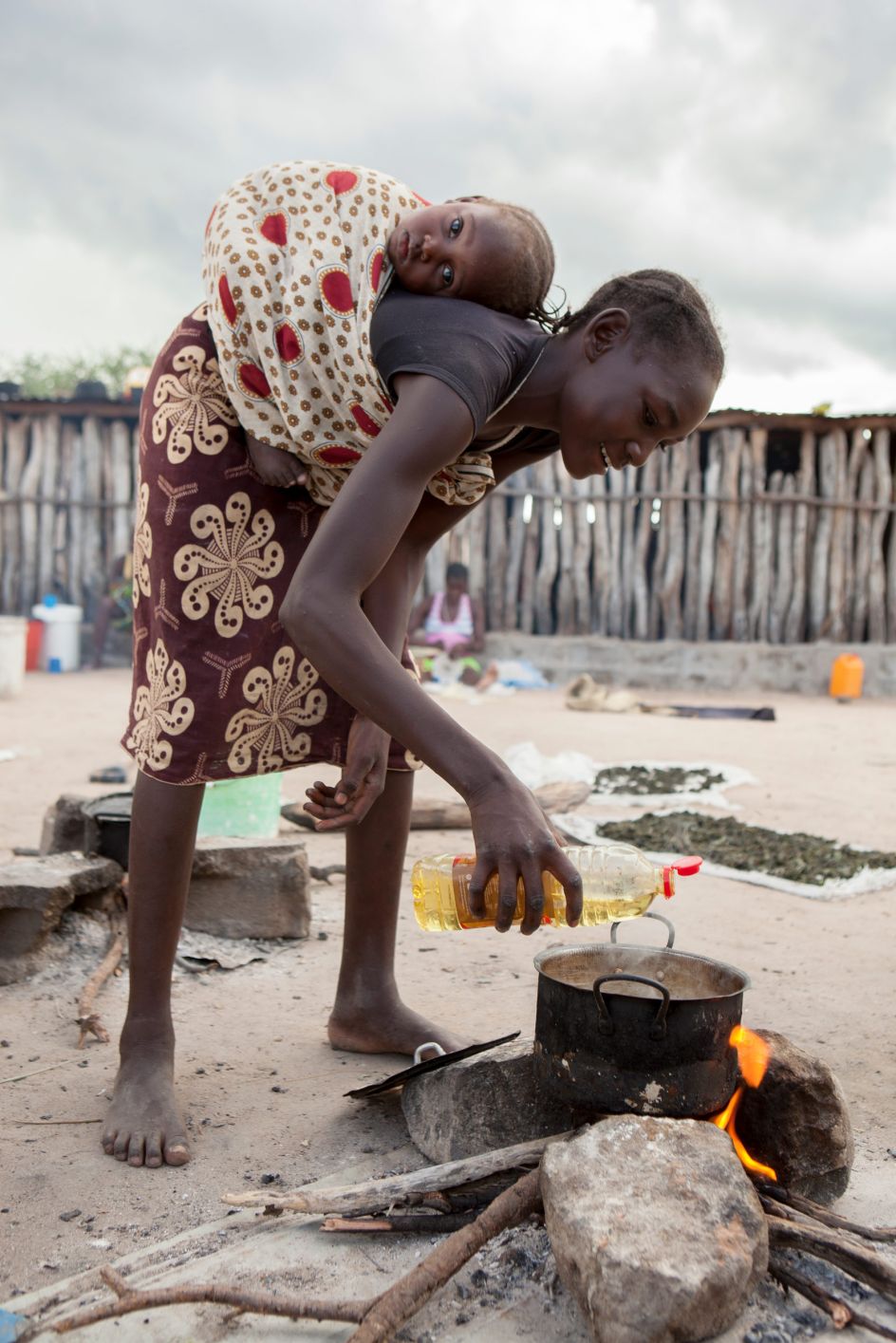
Casa de espera, run by the Italian NGO Doctors for Africa CUAMM
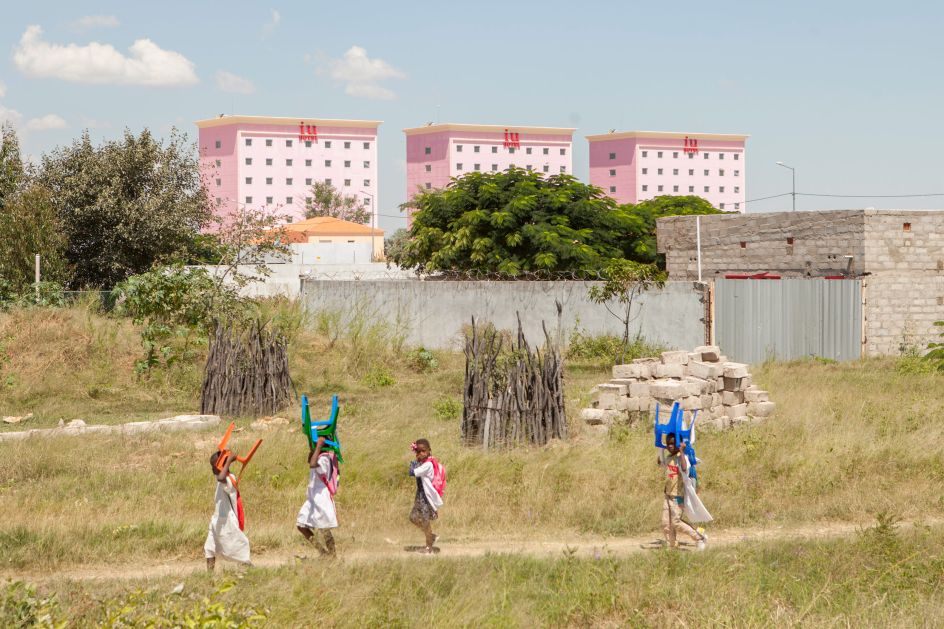
New Chinese buildings in the city of Ondjiva, south Angola




 by Tüpokompanii](https://www.creativeboom.com/upload/articles/58/58684538770fb5b428dc1882f7a732f153500153_732.jpg)


 using <a href="https://www.ohnotype.co/fonts/obviously" target="_blank">Obviously</a> by Oh No Type Co., Art Director, Brand & Creative—Spotify](https://www.creativeboom.com/upload/articles/6e/6ed31eddc26fa563f213fc76d6993dab9231ffe4_732.jpg)










